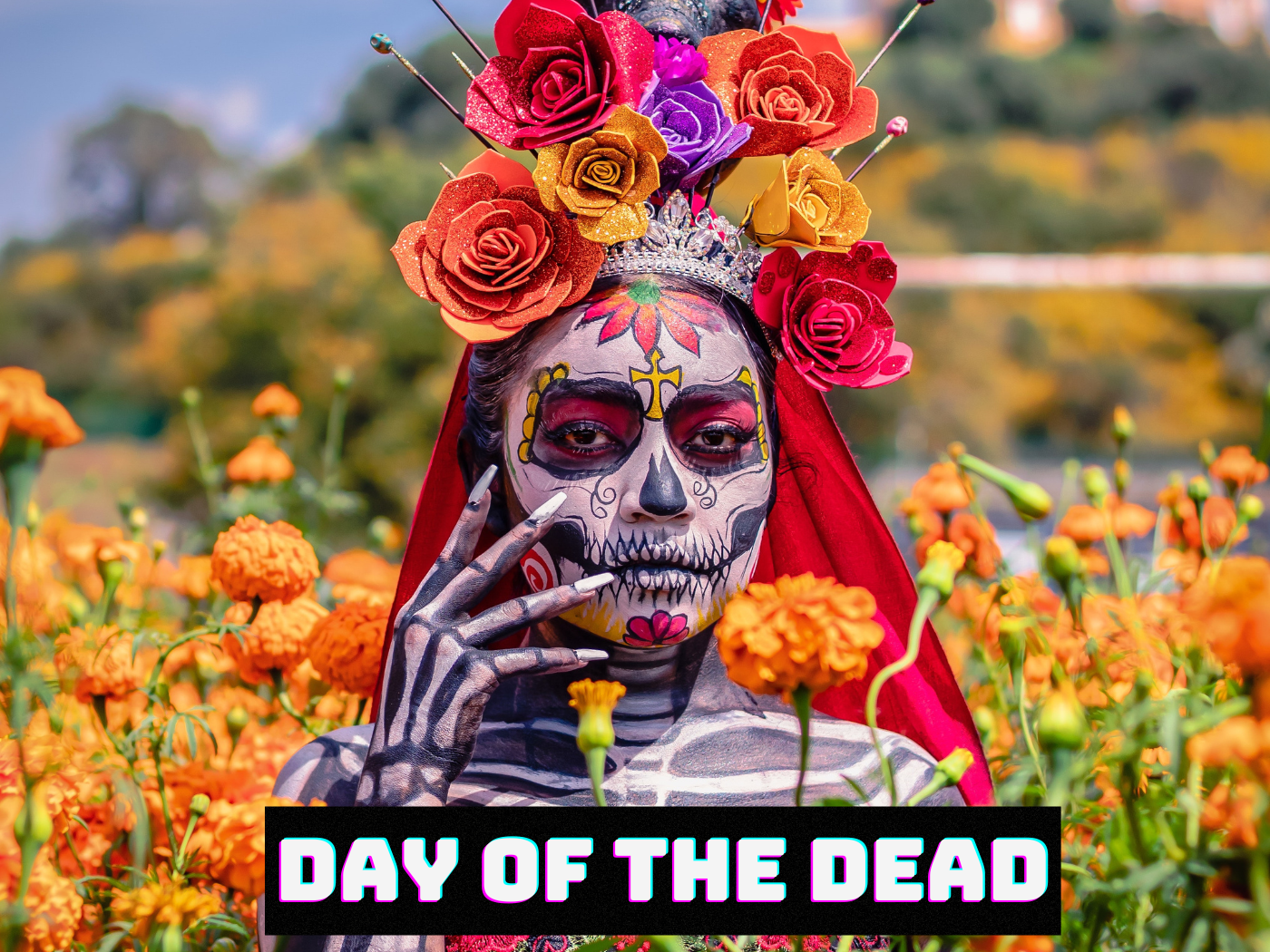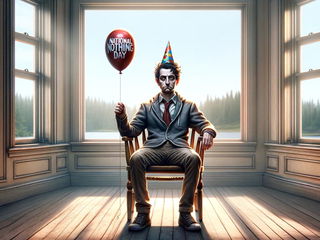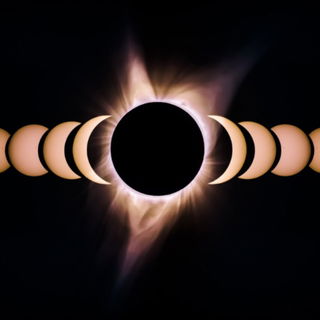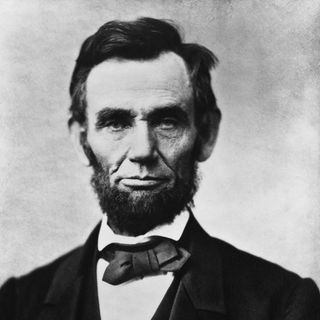Day of the Dead or Dia De Los Muertos is celebrated every year for two days from November 1 to November 2. It is believed that on this day, the souls of the deceased travel to Earth to visit their family and loved ones.
Thus, it is a joyful and colorful day when the living and dead reunite and reconnect.
Although the Day of the Dead celebration takes place in November, the preparations for the celebration begin around mid-October when people visit the graves of their deceased family members to invite them to earth.
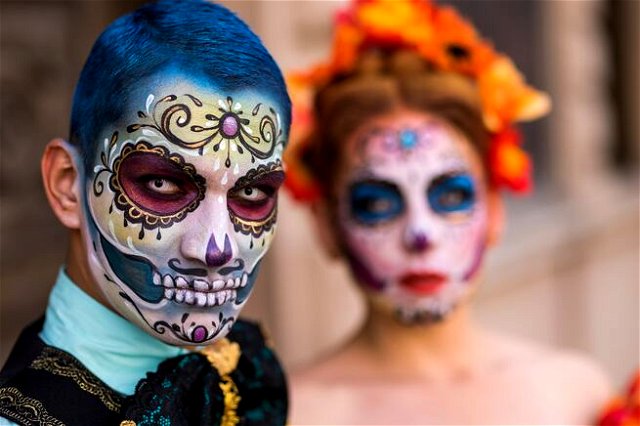 ,
,
Death is a grim topic but being sad or sorrowful is considered disrespectful toward the souls who are visiting the earthly realm.
The primary purpose behind celebrating the Day of the Dead is to celebrate the life of the deceased and for the living and dead to enjoy and spend time together.
Day of the Dead Origin: A Fusion of Aztec and Christian Traditions
Early Aztec Celebration
The Dia de Los Muertos was celebrated by the Aztecs and pre-Hispanic civilizations over 3000 years ago. It was then that the Skull became a symbol for the Day of the Dead. They were beautifully decorated and used for rituals.
The Aztecs worshiped the sun god Tonatiuh and believed that it died every evening so that the night could take its place. After the night, the sun god reappears or is born again.
They thought that the human cycle of death and rebirth worked in a similar way. According to them, death was a part of the human cycle and not a finite end. The soul of the deceased always keeps on living. This is the underlying concept of the Day of the Dead.
The Spanish Invasion
The Spanish invaders arrived and overthrew the Aztec Empire in Mexico in 1521. The people were enslaved, temples torn down and Catholic missionaries were brought in to convert the people to Christianity.
Similar to the Aztecs, the Catholics celebrated All Saints' Day and All Souls' Day which honored the dead. During the three hundred years of occupation by the Spanish invaders, Aztec and Spanish celebrations and traditions merged together.
The Spanish invaders moved the date of the Day of the Dead from the ninth month of the Aztec calendar which was usually in August to November when both All Saints' Day and All Souls' Day were celebrated.
This is why the celebration varies from place to place.
Day of the Dead Celebration: Ofrendas, Calaveras, and More
Traditions and customs usually vary from region to region due to cultural influx. However, there are many common as well as unique traditions and customs:
- People set up and decorate altars, known as 'ofrendas', in honor of their loved ones who have died with flowers, candles, photos, mementos, and skulls.
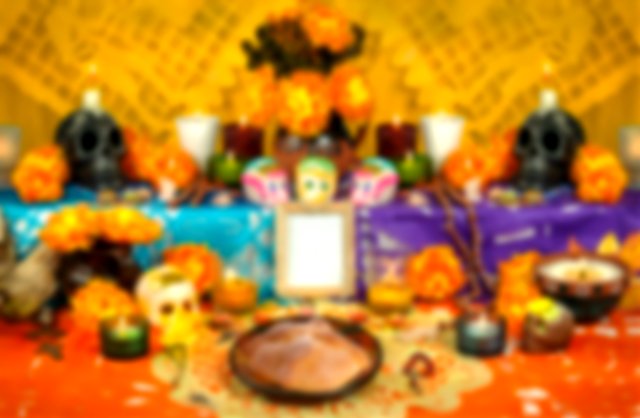
- Many attend mass on the Day of the Dead. They also visit the gravesite to pay their respect.
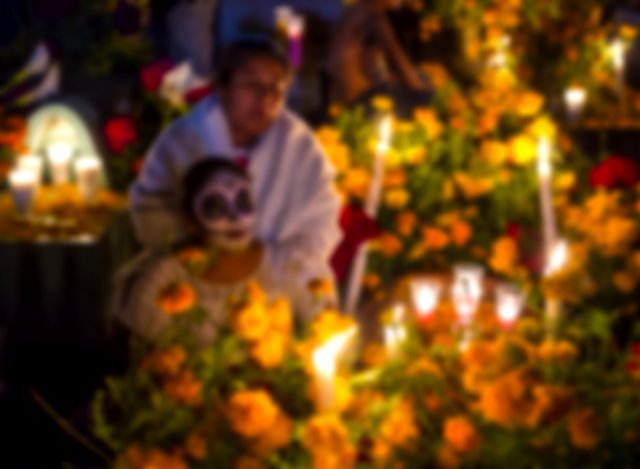
- Since it is a joyous occasion, cemeteries are brighter and more cheerful than usual. Picnics, dancing, and singing are a common sight on this day.
- Skulls or 'Calaveras' are one of the most important parts of the Day of the Dead celebration. They come in many different forms- skull candies made of sugar, face paintings, and clay decorations.
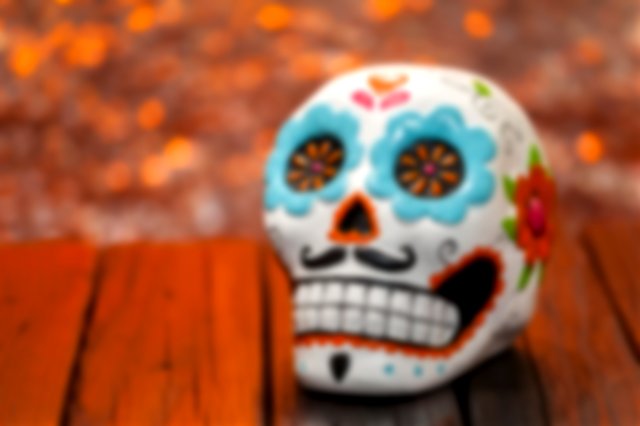
- It is also a common tradition in Mexico to create paths or designs of marigolds. This flower is believed to lead or guide the ancestral spirits to their home.
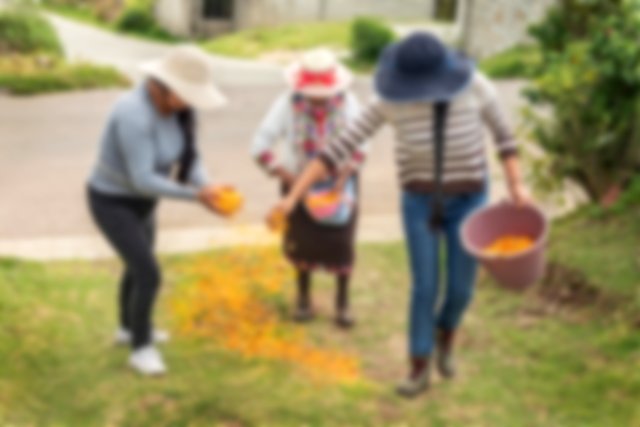
Interesting Facts
- It is said that before the Spanish Invasion, the Day of the Dead for adults was celebrated for an entire month.
- An old tradition existed where gifts were tied to the trees. The person who climbed the highest to get them was considered to have come closest in contact with their ancestors and god.
- Many people believe that the village of the dead, where their deceased relatives lie, is a heavenly place devoid of natural disasters or bad things. It is also said that the night and days are reversed in the village of the dead.
- Hot chocolate is a drink which is very much in demand during this time.
You might like to explore these articles:
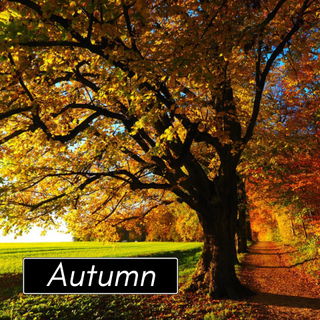
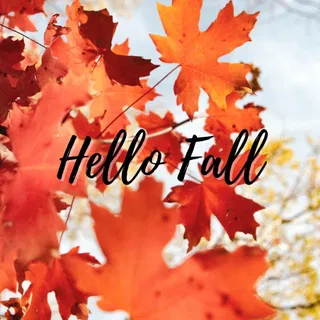
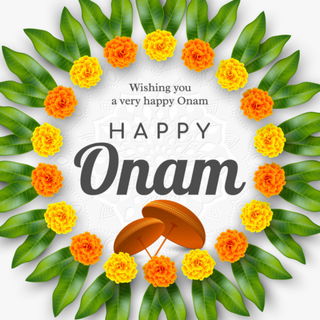

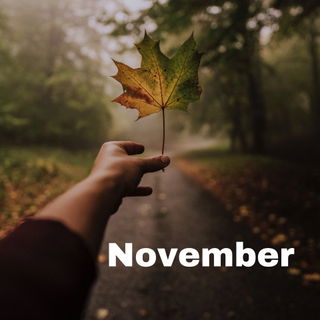
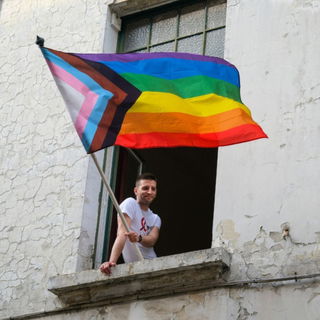
 ,
, 



